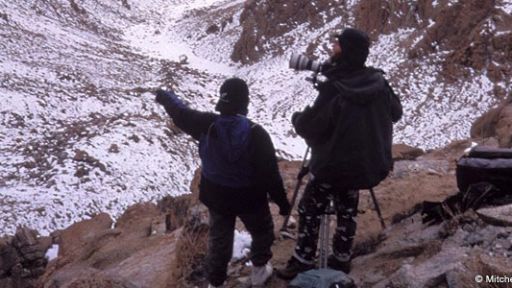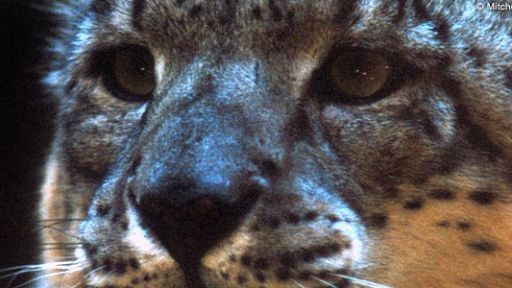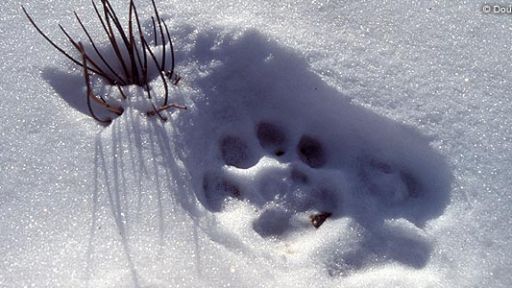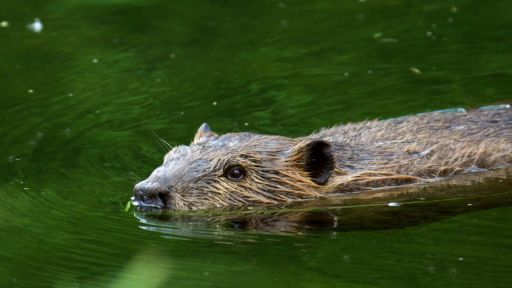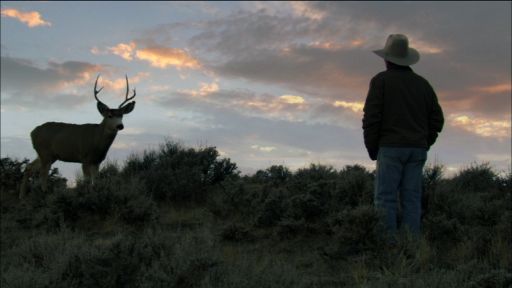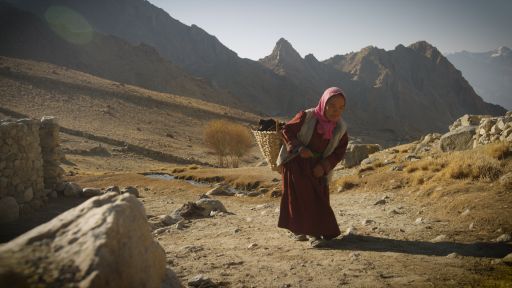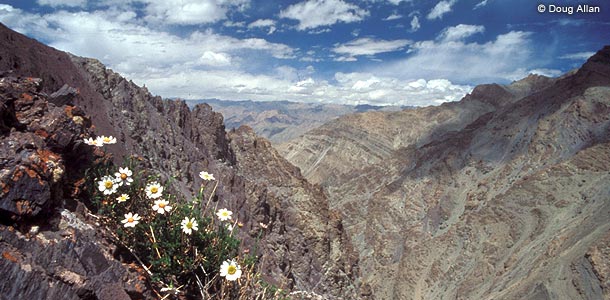
The Himalayas are perhaps best known for the world’s tallest mountain: the 29,053-foot tall Mount Everest. But the Himalayas’ snowy slopes and green valleys are also home to some of the world’s hardiest people. Indeed, the mountains, which span more than 1,500 miles through northern India, Nepal, Bhutan, Tibet, and China, take their name from a Sanskrit word meaning “house of snow.” (“Hima” means “snow”; “alaya” means “abode.”)
It is not an easy place to live — as NATURE’s Silent Roar vividly illustrates. At higher elevations, thick snow pack can remain on the ground year-round and temperatures may never rise above freezing. At lower levels, even summers can be cold and harsh. Soils are thin and rocky. In many places, the mountains form “rain shadows” — areas where the peaks block rain clouds, creating a kind of high-altitude desert.
Still, people have found a way to live in these harsh surroundings. Indeed, the region is home to many peoples — from the Sherpas in Nepal to the Kashmirs in India. The snow leopard’s realm is also a crossroads for the region’s three major cultures, centered on Buddhism, Islam, and Hinduism.
In India’s Ladakh region, where Silent Roar was filmed, Buddhism holds sway. Ladakh is one of the few places in the world where Tantrayana Buddhism, a particularly pure and ancient set of practices, directs daily life. Included in this worldview is reverence for life, a belief conservationists are now drawing on to help protect the snow leopard.
Many Ladakhis are refugees from nearby Tibet and are followers of the Dalai Lama, the spiritual leader who has resisted China’s efforts to dominate Tibet. In India, these immigrants have maintained centuries-old traditions of living in small tight-knit communities. Their livelihood centers on agriculture, and they farm barley, wheat, and beans. Fruit trees are grown in lower altitudes. Ladakhis are also great herdsmen, raising yaks, sheep, and goats. The goats, in particular, are world-renowned for producing special cashmere wool, which makes particularly soft and warm garments.
Not surprisingly, knitting and weaving hold a special place in Ladahki culture. While many men dress in simple dark robes called gonchas, women wear dazzling embroidered gowns and jackets of bright blue, red, and gold. Even greater finery is put on display at special occasions, such as marriages, which are marked by elegant dances accompanied by drums and flutes. Ribbons of silk float around the dancers, adding to the festive air. Chang, a local drink, is served in generous quantities.
Such ceremonies were virtually unseen by outsiders until the 1970s, when the Indian government opened Ladakh to tourists and trekkers. Today, the region is experiencing a clash of cultures, as Internet cafes take their place alongside traditional teahouses and magnificent monasteries perched on cliff sides. And there is also political strife. Nearby Kashmir has long been the scene of border clashes between India and Pakistan, and religious conflicts seethe beneath the surface of Indian society, sometimes breaking out into open conflict.
In the high mountain valleys of the Himalayas, however, life often continues as it has for centuries. It may be a difficult place to live, but for thousands of people, the “house of snow” is indeed home.

